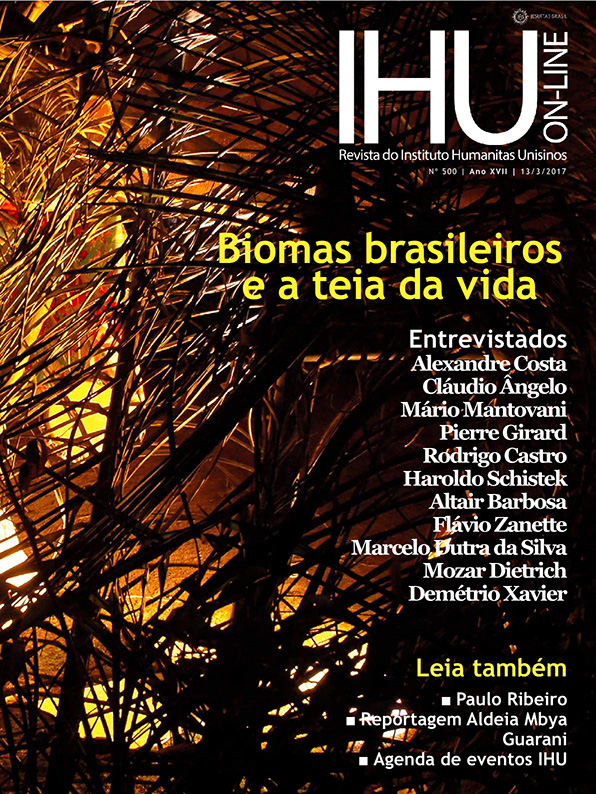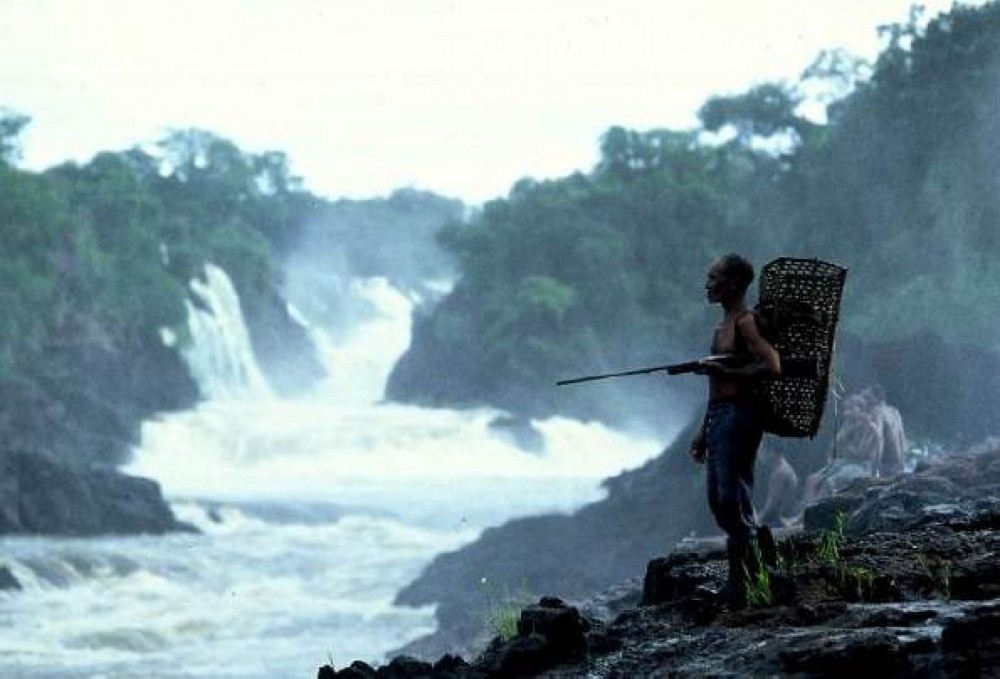Biomas brasileiros e a teia da vida
Conscientes do colapso civilizacional com que nos defrontamos como espécie humana e inspirados pela Campanha da Fraternidade deste ano, cujo tema é Fraternidade: Biomas Brasileiros e Defesa da Vida e que tem como lema Cultivar e Guardar a Criação (Gn 2,15), a edição de número 500 da revista IHU On-Line debate o tema que também é assunto central do ciclo de conferências promovido pelo Instituto Humanitas Unisinos – IHU a partir do dia 15 de março até o final do mês de junho deste ano.





